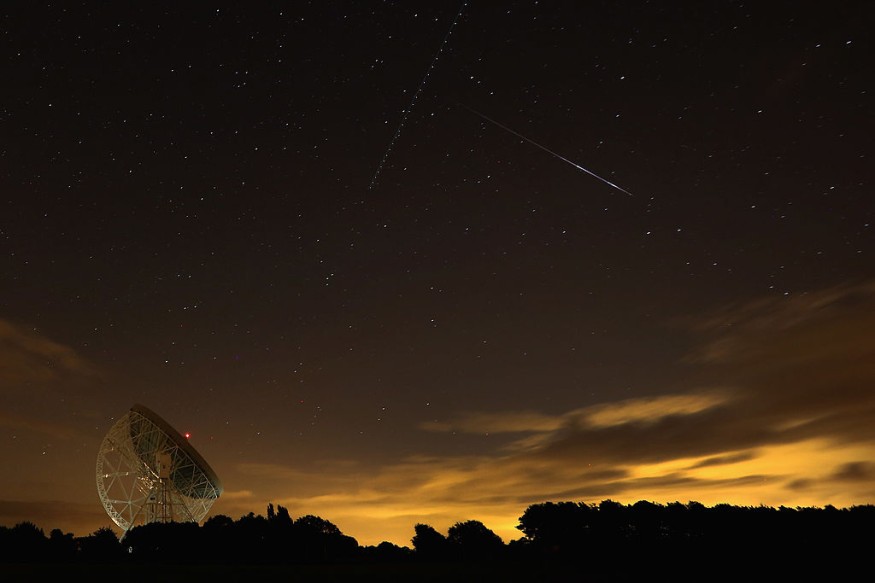On Sunday, there were more than 40 reports of a blazing streak from space.
Around 4:30 a.m. CDT, the American Meteor Society (AMS) received more than 40 reports from three states, mostly in the Denver region (5:30 a.m. EDT; 1030 GMT). The meteor was seen at least as far south as Santa Fe, New Mexico the two cities are around 400 miles apart (640 kilometers).
Strange lights in the Night Sky

Although no meteorites have been found as a result of the Colorado fireball, local experts are keeping a watch out and urging the public to report any they discover. According to NASA, any suspected meteors should not be handled with your bare hands to avoid contamination, since oils and bacteria on your skin can damage the space rock.
The fireball broke up about 10 miles to 20 miles (16 km to 32 km) above the earth, according to Peterson, which is a low altitude compared to the normal brilliant flash, which breaks up around 60 miles to 70 miles (97 km to 113 km). According to the American Meteorological Society, fireballs can reach the atmosphere at speeds of between 25,000 and 160,000 mph (approximately 40,000 to just under 260,000 kph).
While most fireballs are innocuous, bigger fireballs that are extremely near to the earth can inflict significant damage. A meteor shower that occurred above Chelyabinsk, Russia, in 2013 produced a burst that was estimated comparable to 400-500 kilotons of TNT, or around 26 to 33 times the energy released by the Hiroshima bomb. Buildings were allegedly destroyed, windows were broken, and over 1,200 people were hurt as a result of the fireball's fragments.
Although no meteorites have been found as a result of the Colorado fireball, local experts are keeping a watch out and urging the public to report any they discover. According to NASA, any suspected meteors should not be handled with your bare hands to avoid contamination, since oils and bacteria on your skin can damage the space rock.
Under NASA's Planetary Defense Coordination Office, a network of telescopes and partner institutions examine the skies for bigger asteroid hazards on a regular basis. Asteroids are bigger space objects that circle the sun and come close to Earth in some cases. Fortunately, no urgent dangers to Earth have been discovered, though the agency continues to search just in case.
What Are Bright Fireballs?
Fireballs and bolides are astronomical names for meteors that are particularly brilliant and spectacular enough to be seen over a large region. A globe map depicts a visual depiction of the data table, which contains a chronological data summary of fireball and bolide occurrences as reported by US government sensors.
Ground-based viewers may see these occurrences as stunning atmospheric light displays at night or, much more infrequently, during the day. This webpage is not intended to be a comprehensive listing of all fireball events. Only the most brilliant fireballs are recorded.
A meteoroid is an asteroid or comet fragment that orbits the Sun and is between ten microns to a meter in size. Meteors, often known as "shooting stars," are the visible trajectories of meteoroids that have sped through the Earth's atmosphere.
The size of the objects that cause fireballs can surpass one meter. Although the phrases fireballs and bolides are sometimes used interchangeably, bolides are fireballs that burst in the atmosphere.
Fireball-causing objects are seldom large enough to survive unbroken transit through the Earth's atmosphere, however pieces or meteorites are occasionally found on the ground.
© 2025 NatureWorldNews.com All rights reserved. Do not reproduce without permission.





